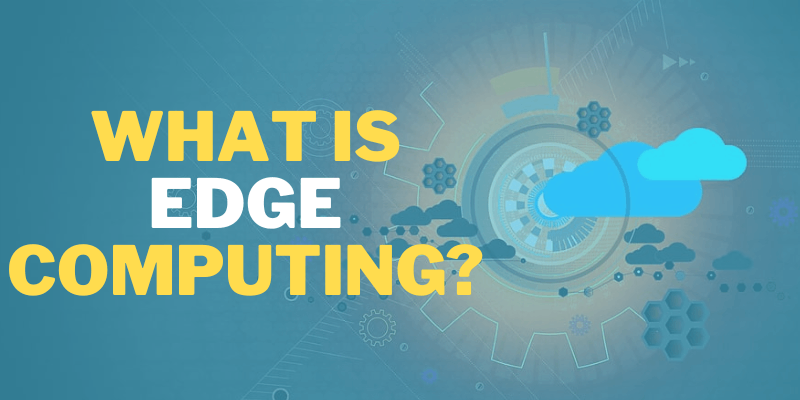What is Edge Computing?
In order to reduce latency and bandwidth usage, edge computing is a networking strategy that focuses on bringing computers as close as possible to the source of data. Edge computing, to put it simply, is the practice of shifting fewer processes from the cloud to local locations, such as a user’s PC, an IoT device, or an edge server. Reduced long-distance communication between a client and server results from moving computing to the network’s edge. Here in this blog, we have discussed what edge computing technology is. Join Cloud Computing Course in Chennai to learn more about it.
What is Network Edge?
The location of the device’s or its local network’s connection to the Internet is known as the network edge for Internet devices. The term “edge” might be ambiguous; for example, a user’s computer or the processor within an IoT camera may be regarded as the network edge, but so may the user’s router, ISP, or local edge server. The key insight is that, in contrast to origin servers and cloud servers, which may be physically remote from the devices they connect with, the network edge is adjacent to the communication device.
What differentiates edge computing from other computing models?
The original computers were big, clunky devices that could only be used directly or through terminals, essentially extensions of the computer. The development of personal computers allowed for a far more decentralised method of computing. Personal computing once predominated as the main computing model. Applications were used, and data were kept locally, perhaps in an on-site data centre, on a user’s device.
A more recent innovation, cloud computing, provided various benefits over traditional locally based, on-premise computing. Cloud services can be accessed from any device via the Internet and are centralised in a vendor-managed “cloud” (or group of data centres).
However, due of the distance between consumers and the data centres where cloud services are hosted, cloud computing can cause delays. Edge computing maintains the centralised nature of cloud computing while bringing computation closer to end users to reduce the distance that data must travel.
FITA Academy offers the best Cloud Computing Online Course with worthy certification and Placement Assistance.
To sum it up:
Early computing: Early computers just had one isolated computer that was used to execute centralised programmes.
Personal computing: Individual computing localised decentralised applications
Cloud Computing: centralised software running on data centres
Edge computing: Edge computing operates centralised programmes near consumers, either on the device itself or at the edge of a network.
What are the benefits of edge computing?
Cost savings:
Edge computing reduces the need for bandwidth and server resources, as seen in the case mentioned above. Resources in the cloud and bandwidth are limited and expensive. As smart cameras, printers, thermostats, and even toasters become standard in every home and workplace, Statista projects that by 2025, there will be more than 75 billion IoT devices installed globally. It will be necessary to relocate a sizeable portion of computing to the edge to support all those devices.
Performance
Reduced latency is a significant advantage of pushing processes to the edge. There is a delay every time a gadget has to communicate with a remote server. Using an IM platform, for instance, two employees in the same workplace can encounter a significant delay because each message must be routed outside the building, communicated with a server somewhere in the world, and brought back before the recipient can see it. That observable delay would not exist if that procedure was pushed to the limit and the company’s internal router was in charge of sending intra-office communications.
Similarly to this, users of all types of web apps will experience delays when they come across operations that require communication with a remote server. The length of these delays will vary depending on the server’s location and available bandwidth, but they can be completely eliminated by moving more tasks to the network edge.
New functionality:
Additionally, edge computing can offer brand-new features that weren’t previously possible. For example, a business can process and analyse data at the edge using edge computing, enabling real-time processing and analysis.
To recap, the key benefits of edge computing are:
- Decreased latency
- Decrease in bandwidth use and associated cost
- Decrease in server resources and associated cost
- Added functionality
Conclusion:
So far, we have discussed what is edge computing and edge computing technology and join Cloud Computing Course in Coimbatore to learn more about edge computing technology.

